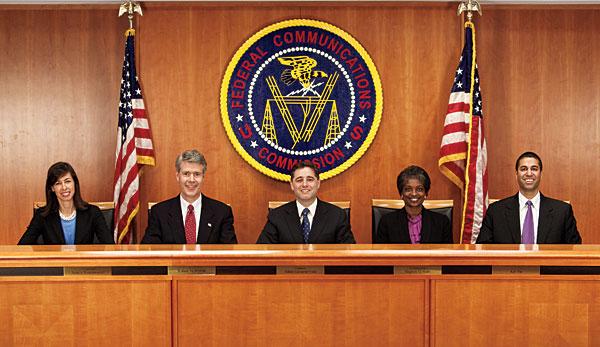I just recently had all my channels start corresponding to their original channel numbers after months of guessing what channel Fox or KCAL would be on. now this? bummer. I'd rather go for Fios and almost all the local broadcasts around here than pay cable for limited local broadcasts.
Money Grab? FCC OKs Basic-Tier Cable Encryption

Basic-tier subscribers must now obtain either a set-top box or a CableCARD from their cable systems, though the FCC requires operators to wait two years before charging for it. The no-charge period is one year for those who subscribe to a higher level but use the basic tier on a secondary set. Medicaid recipients can use the box or card free for five years. After that, everyone has to pay cable operators to rent the additional equipment while the perfectly functional QAM cable tuners in their TVs go unused.
Why this, why now? The FCC claims the number of affected viewers is lower than in 1994 when it first implemented the Cable Television Consumer Protection and Competition Act of 1992. It also says the move will reduce truck rolls and theft of service by allowing cable operators to remotely activate or deactivate service. And some networks require cable ops to encrypt as a condition of carrying their channels. Incredibly, the FCC vote was 5-0: In-the-clear cable consumers do not have a single friend among the commissioners.
However, the FCC did open a loophole by requiring the six largest cable operators to allow some third-party IP-based QAM devices to access the basic tier. This might be called the Boxee loophole, since the maker of that IP-based streaming box lobbied fiercely for it. The major cable ops must either provide their own decryption hardware (requiring consumers to add a box to a box) or allow software upgrades that would enable Boxee, et al. to decrypt signals. A sunset provision kills the loophole after three years unless FCC regulators act to extend it.
The FCC has openly dreamed of standardizing an official boxless IP-video gateway called AllVid. In response, the AllVid Tech Company Alliance was formed two years ago by Best Buy, Google, Mitsubishi, Sony, TiVo, and others. In its latest communiqué to the FCC, it urges approval of the existing private-sector DLNA (Digital Living Network Alliance) standard as the basis of AllVid. While this is encouraging, for the moment AllVid is to IP video what unicorns are to horses.
Do consumers have any wiggle room? Over-the-air reception still provides in-the-clear signals, and with excellent picture quality—though not all households get reliable reception. Some cable operators offer ways of distributing IP video to various devices through home networks—though IP video does not always support HDTV at its best. If you’re a sharp-eyed viewer who wants to watch local TV stations boxless, soon your only alternative will be to cut the cord.
- Log in or register to post comments






























































